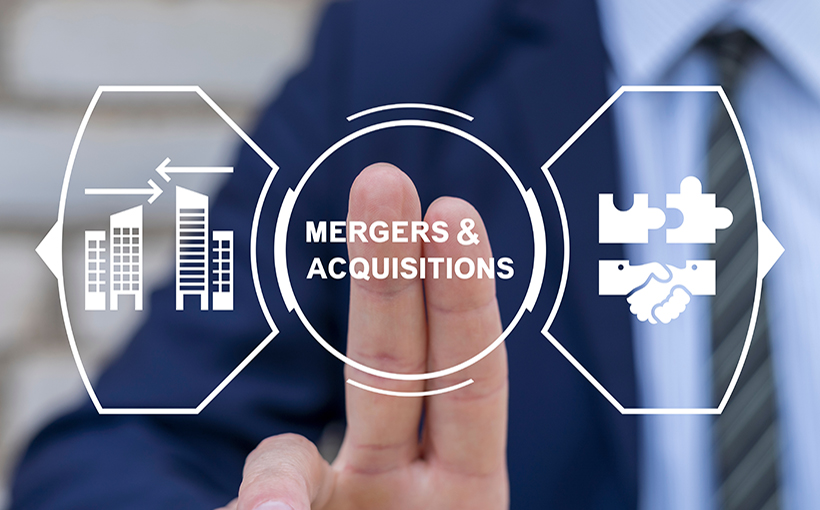The Federal Reserve recently released a press release on September 20, 2023, justifying its decision to maintain the Effective Federal Funds Rate (EFFR) at its current range of 5.25% to 5.5%. The Fed cited positive economic indicators such as solid growth in economic activity, continued job gains and low unemployment rates, and a strong U.S. banking system.
Despite an increase in the Consumer Price Index by 3.7% through August of that year – higher than both July’s reported rate of 3.2% and the predicted rate of 3.6%, the Federal Open Market Committee (FOMC) chose not to raise interest rates.
According to a recent report from Marcus & Millichap titled “Core Inflation Continues to Cool: Implications for Housing, Industrial and Retail Space,” there may be concerns about potential price increases; however, experts believe that inflation is still slowing down overall.
The report also discusses how inflation could affect different sectors:
Multifamily – Rent Growth Slowing Down
While there was an increase in rent prices by approximately
7%
in August compared to last year,
the trend appears
to be decelerating.
This can partly be attributed
to leases being renewed annually,
which means that these figures are likely reflecting market conditions from earlier this year.
Based on data from RealPage or Yardi Matrix,
rent growth only increased between
0.3%
and
1.% during this period respectively.
With over
200000 units expected
to enter the market later this year,
rental growth will likely continue at a slow pace.
Industrial – Potential Boost From Manufacturing Demand
Although logistics companies are facing challenges due to rising diesel fuel costs,
manufacturers have seen some relief with lower natural gas prices.
In fact,the manufacturing sector added around12 thousand new jobs thanks largely in part due recent moves made by tenants like GlobiTech, Tesla, and LKQ.
As demand for industrial space remains strong,
vacancy rates are expected to stay below the long-term average of 7.1%.
Retail – Consumer Spending a Concern
Despite retail properties performing well in early 2023,
higher gas prices could potentially impact consumer spending on goods and services.
This may result in retailers being less motivated to expand their footprint.
While net absorption is projected to remain lower than the long-term average of
87 million square feet
and there will be an increase in deliveries later this year,
the national vacancy rate is likely to experience some pressure while asking rent growth stays historically high.
Overall, it appears that core inflation continues its downward trend with implications for various sectors within commercial real estate.




